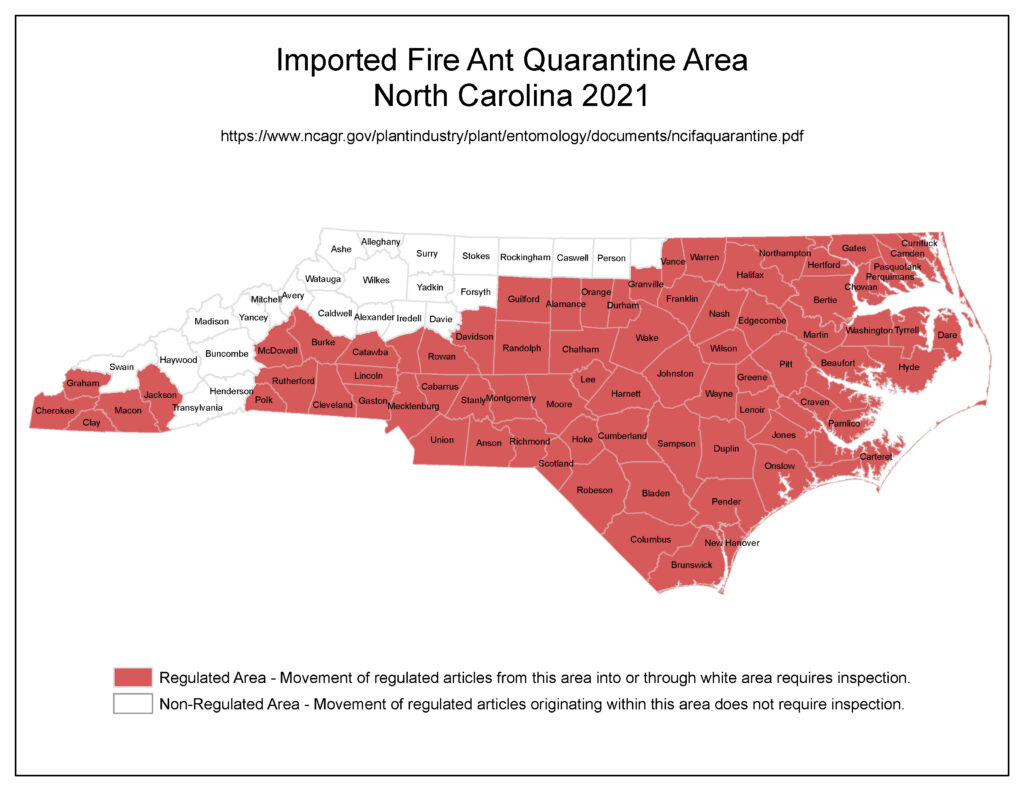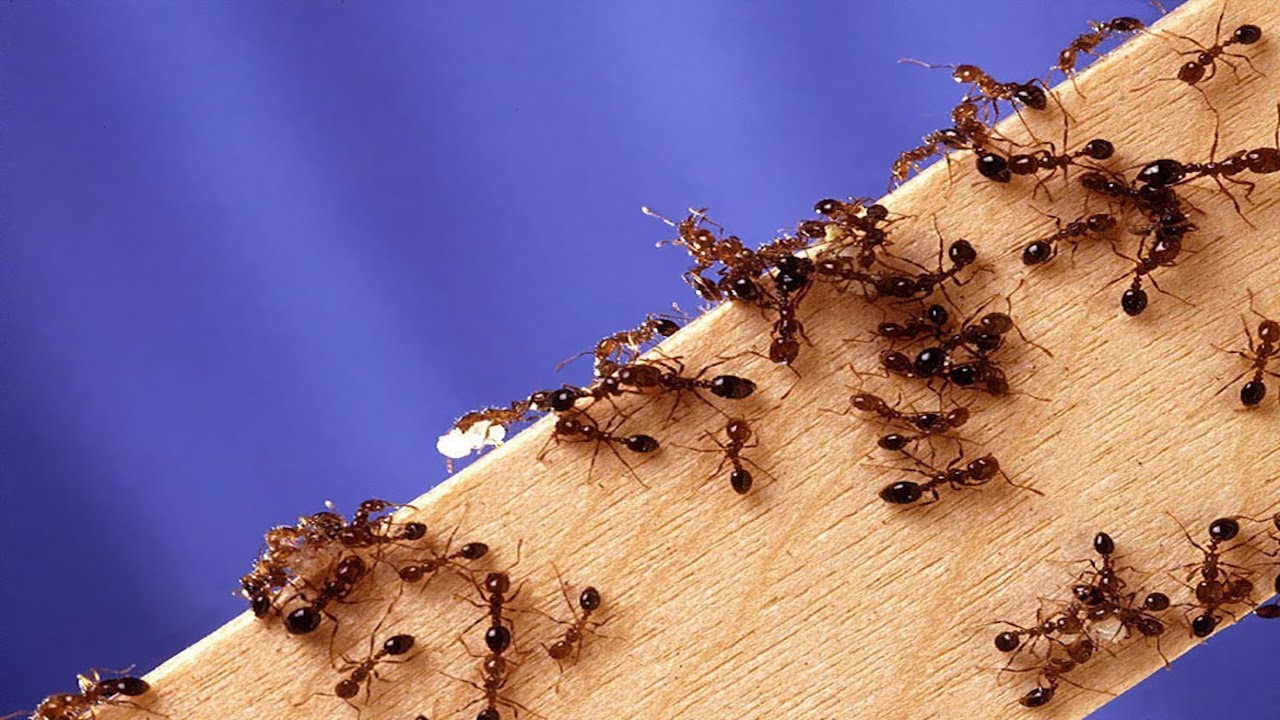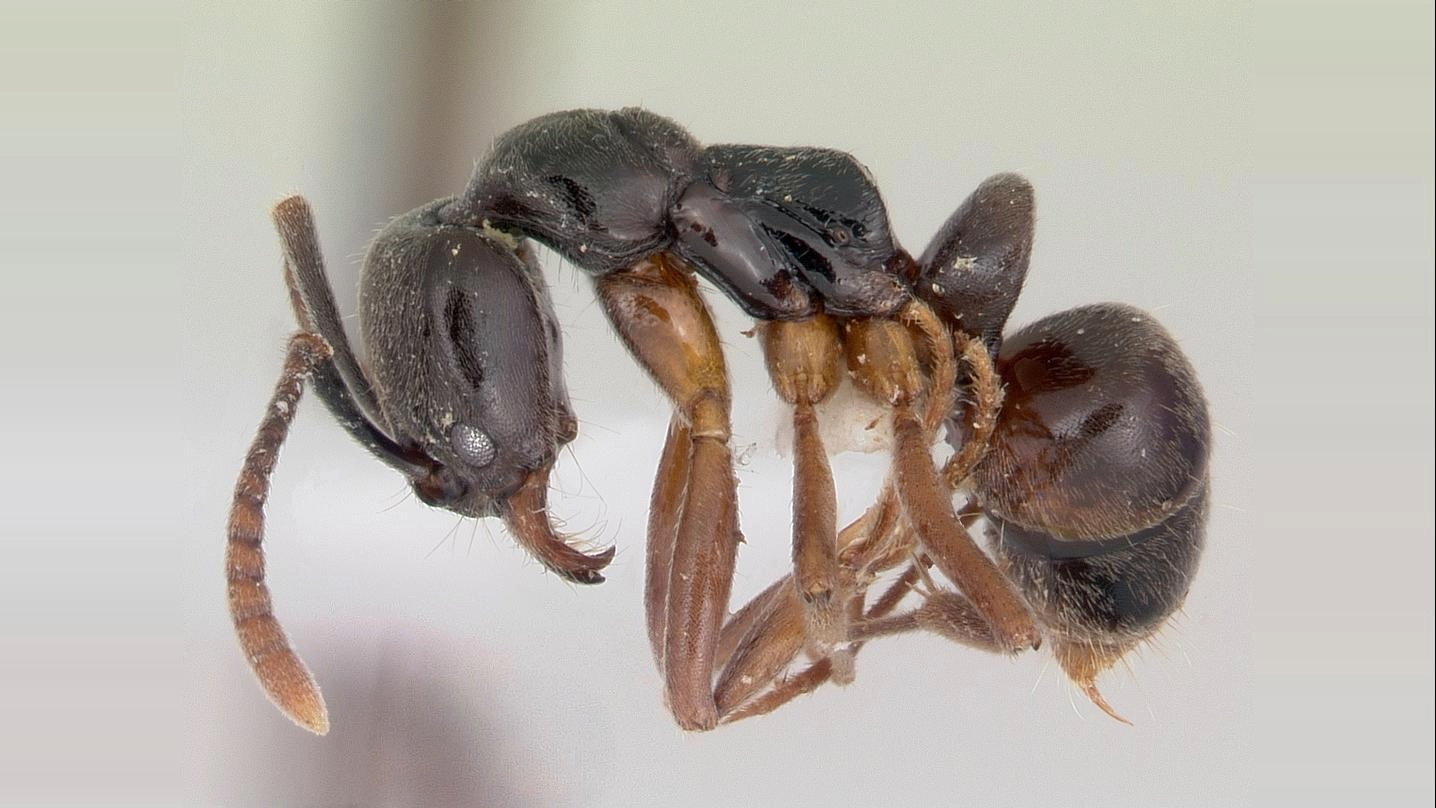As red imported fire ants continue to spread across North Carolina and the country, you may be a bit more leery about any new ant mounds in your yard. We’ve all had that moment after we spot the little six-legged scavengers and wonder if the dreaded fire ant has set up shop.
To the average person, an ant is pretty much an ant, so how do you know if they’re fire ants? What do fire ants even look like? And most importantly, how can you get rid of them?
Homegrown shares tips and tools to help keep your yard fire ant-free in our latest segment, which features NC State Extension pest management specialist, Mike Waldvogel.
Fire ant mounds are usually a distinct dome-shape with no opening at the top, which are found out in the open.
As the name would imply, adult red imported fire ants can be identified by their reddish-brown coloration and shiny, dark abdomens. They range in size from about 1⁄8 inch long (workers) to around 1⁄3 inch long (queens). For more details on fire ant characteristics, check out eXtension’s Identifying Fire Ants guide.
Fire Ant Facts (and How to Fight Back)
- These biting, stinging insects, originally from southern Brazil, have spread across the southern United States and currently can be found in at least 75 of 100 N.C. counties (U.S. Map | N.C. Map).
- Fire ant mounds vary in size and are a good indicator of the size of the colony. A mound that’s 2 feet in diameter and 18 inches high, for example, can contain as many as 100,000 workers, several hundred winged adults and a queen.
- Wait until warmer weather (between 70°F and 85°F is ideal) to treat for fire ants—during the cold season, the colony may have moved or burrowed well below the surface where treatments won’t reach them.
- When treating for fire ants, sprinkle bait around the mound—not on top! Fire ants don’t exit their mound from the top, but instead through side tunnels that can be several feet away.
- Find guidance for both chemical and non-chemical control of fire ants.
- If using chemicals, closely follow the label instructions! Doubling the “recipe” won’t kill twice as many fire ants, but it could cause environmental harm.
If you’re unsure whether you have fire ants, take a specimen to your local N.C. Cooperative Extension county center.

- Categories:



